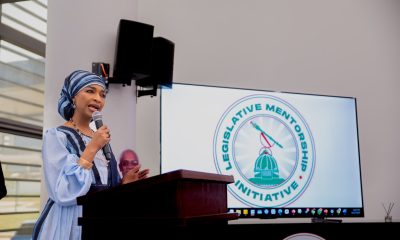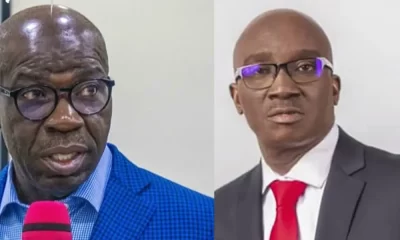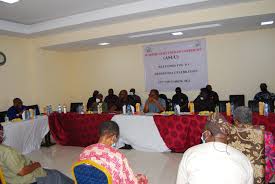“You can’t use up creativity. The more you use, the more you have.” ― Maya Angelou
Our ultimate objective in a progressive society is to have more innovative adults. It is critical then to have creativity as an essential component in the education of our young ones. Innovation is “all about ideas.”
Encouraging creative thinking in science, technology, engineering and mathematics (STEM) starts early and must remain a central emphasis throughout the school years, so that it is as natural as breathing there. When innovation is celebrated and supported; educators and parents value ideas and provide opportunities for children and young people to share their ideas.
It is important for educators to first encourage creative thinking by establishing a learning environment that supports exploration and engages them in learning. Teachers engage children in learning experiences in which they “do science” as opposed to reading about science. The children observe and then describe what they see. They are encouraged to wonder and to ask questions. Children learn that it is important to learn from mistakes. They learn to think like scientists. They learn in an environment that encourages thinking and problem-solving. Only then, are our young ones on a path to discovery in interesting and innovative ways.
Information is relevant and valuable as students learn about STEM; however, relying on having the right answers does not lead to innovation unless linked with creative thinking. It is easy to garner from the internet, easy access to information, but it is the human mind that elicits key data from the information and assimilates knowledge. Questions stimulate curiosity, a very important characteristic for lifelong learners to have. Creativity will flourish in classrooms in which it is encouraged. Otherwise, creative ideas and connections will not be shared; and they will remain invisible.
My favorite teachers at college were the teachers who allowed us to explore and focused less on testing. We simulated real life cases with various tools to solve them. The key learning was to use all that was at our disposal to solve issues, the focus was upon solutions not having the right answers.
Those teachers provided opportunities for us to make the connection between what we learned and the real world. Another useful occurrence is when connections are made across different subjects. Interdisciplinary study provides a rich source of ideas. This in STEM entails knowing enough from the different subjects to make connections among them or working with a team of specialists in various STEM disciplines.
The transformation must occur for teachers to rewire their mind-sets to realize that they are the facilitators of learning rather than simply custodians of information. Information is essential for creation but it isn’t enough to store it (google exists for the retrieval of information now). Rather, students must be prepared to “do something” with the information. It is essential to combine productive thinking with essential content. Productive thinking is made up of critical and creative thinking skills. Neither critical thinking nor creative thinking are enough by themselves, they are strengthened when merged together. It is critical to generate lots of ideas, to be fluent in ideation, before employing critical thinking skills and eliminating choices.
In a nutshell, we need more teachers like my wonderful math professor who instilled in me a love for Calculus to this day and a desire to use it to solve real life problems with my students. He expected and honored creativity. He celebrated creative approaches to problems or various opinions in what we were learning. Innovation occurred in his classroom. More teachers should be like him to guide students as they learn to apply creative and critical thinking skills. They also must provide directions to expedite the exploration of ideas and time for students to put those productive thinking skills into practice.
Once productive thinking begins, it likely will continue go on through the lives of our students. It will provide the framework for approaching learning. Inquiring individuals will question or wonder when observing nature, establishing a healthy lifestyle, and solving perplexing situations in the world. It will be natural way to approach problems and decisions.
Adetola Salau; Educator / Speaker / Author/ Entrepreneur
She is an Advocate of STEM Education and is Passionate about Education reform. She is an innovative thinker and strives for our society & continent as a whole to reclaim it’s greatness.


 Business6 days ago
Business6 days ago
 Crime1 week ago
Crime1 week ago
 Latest1 week ago
Latest1 week ago
 Business1 week ago
Business1 week ago
 Latest3 days ago
Latest3 days ago
 Politics7 days ago
Politics7 days ago
 Latest4 days ago
Latest4 days ago
 Education1 week ago
Education1 week ago
